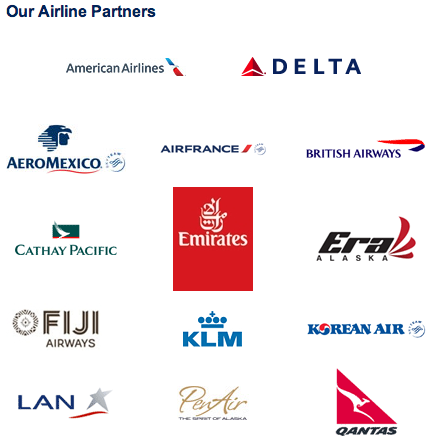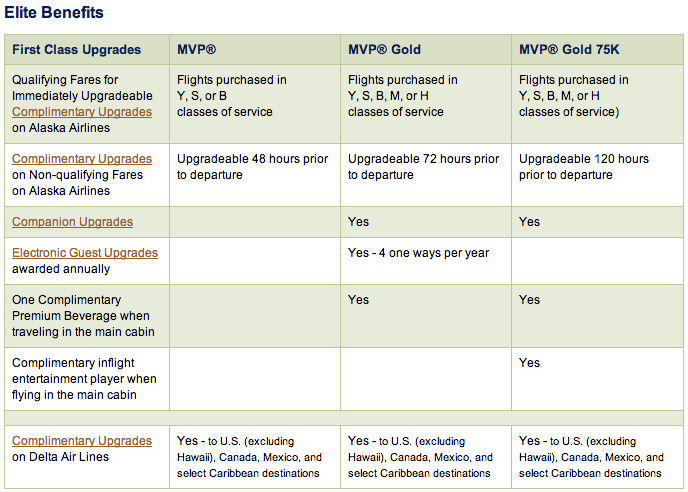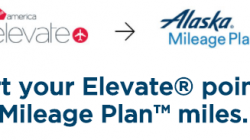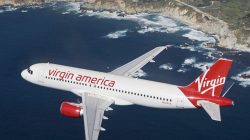One of the questions I get asked most often, in casual encounters and more recently at Frequent Traveler University, is what loyalty program is “the best.” Obviously it depends on a lot on that person’s situation, but more often than not my answer is Alaska Airlines’ Mileage Plan.
A small number of people are responsible for a large amount of the revenue and miles flown on an airline. But there is a long tail of people who take at least one flight a year. Maybe they even fly four or five times a year. Yet they that isn’t enough in most cases for meaningful elite status. (If you do have status, there is still some reason to consider Mileage Plan. Keep reading.)
Pick the Flight You Want
The key reason I promote Mileage Plan is that it does not participate in an alliance but does partner with American Airlines and Delta Air Lines. That means you can fly with Alaska, Delta, or American and credit all your flights to one program. It works in reverse, too, which means Delta and American give you two options (their own airline or Alaska). For the time being United and US Airways also have two options (each other).
Having three options with Mileage Plan is better and lets infrequent or price-sensitive travelers pick whatever option they need without forgoing status.
You Can Get Status More Quickly
Alaska Airlines also offers a benefit for those willing and able to fly exclusively on Alaska. If it makes sense, flying only on Alaska will get you a 20% discount on the elite qualifying miles required for their low-tier MVP status (20,000 EQM vs. 25,000 EQM if you include partner flights) and their mid-tier MVP Gold status (40,000 EQM vs. 50,000 EQM if you include partner flights).
The top MVP Gold 75 requires 75,000 EQM on Alaska only or 90,000 EQM with partners. I think most of the valuable benefits can be obtained with MVP Gold alone, so I wouldn’t waste my effort on crediting 90,000 miles to Alaska from partners.
Some Benefits Are Better
Alaska Airlines has some great benefits for their Mileage Plan elites. As a smaller airline that doesn’t get a lot of attention, upgrades are fairly easy to come by. I’ve been upgraded with Megan on a flight to Maui even though it was a small single-aisle aircraft. By contrast, my luck was hit-and-miss when I routed through San Francisco to get on United’s larger 767s. I’ve even been upgraded on award flights.
Customer service is remarkably good at Alaska, something that I notice in general here in the Pacific Northwest. (People here aren’t always friendly, but that’s separate from doing what’s right.) When one of my flights was cancelled last year, I rebooked over the phone and paid my own expenses for the night. Alaska reimbursed me in full within two weeks despite having no status with them at the time.
And the best benefit of all is that MVP Gold members can get a full refund for any flight when they cancel. It doesn’t go back onto the card but sticks around as a credit for future flights. I think this is a great gesture especially since in many cases an airline has time to sell that seat to someone else, and as an MVP Gold they know I’m going to book another ticket eventually.
Some Benefits You Don’t Need
The most common concern I get from people who are already flying Delta or American is that if they credit to Alaska Airlines they won’t get upgrades. Delta does offer upgrades to Alaska elites, but they have low priority. American does not offer upgrades to Alaska elites.
My response is that it doesn’t matter. I’m pitching here to people who are infrequent travelers and already have trouble getting status. You won’t get any upgrades without status, and even with low-level status on Delta or American, you’re odds will not be very good. But as an Alaska elite, Delta and American would give you priority check-in, priority boarding, and free checked bags — all these things can still be valuable.
Elite status in Mileage Plan can make sense for some people even if they never fly on Alaska Airlines.
Try Mileage Plan for Free
If you already have elite status with another airline, you can request a status match to MVP or MVP Gold. There’s no trial or challenge required — it’s an outright match from Day One — but you’ll still need to fly the usual number of miles to keep the status for another year. This isn’t as easy as it sounds. Matches before November 1 expire that year. Request a match on October 31 and you’ll need to fly 40,000 miles in two months to keep MVP Gold!
To give yourself a chance to test drive Alaska’s Mileage Plan, I suggest requesting a match on or after November 1. See what it’s like for two months, and then you’ll have all of 2014 to earn the miles you need to requalify. If you don’t qualify for a match, start thinking now about how much you travel in a year and whether it makes sense to credit those flights in 2014 to Alaska instead.








